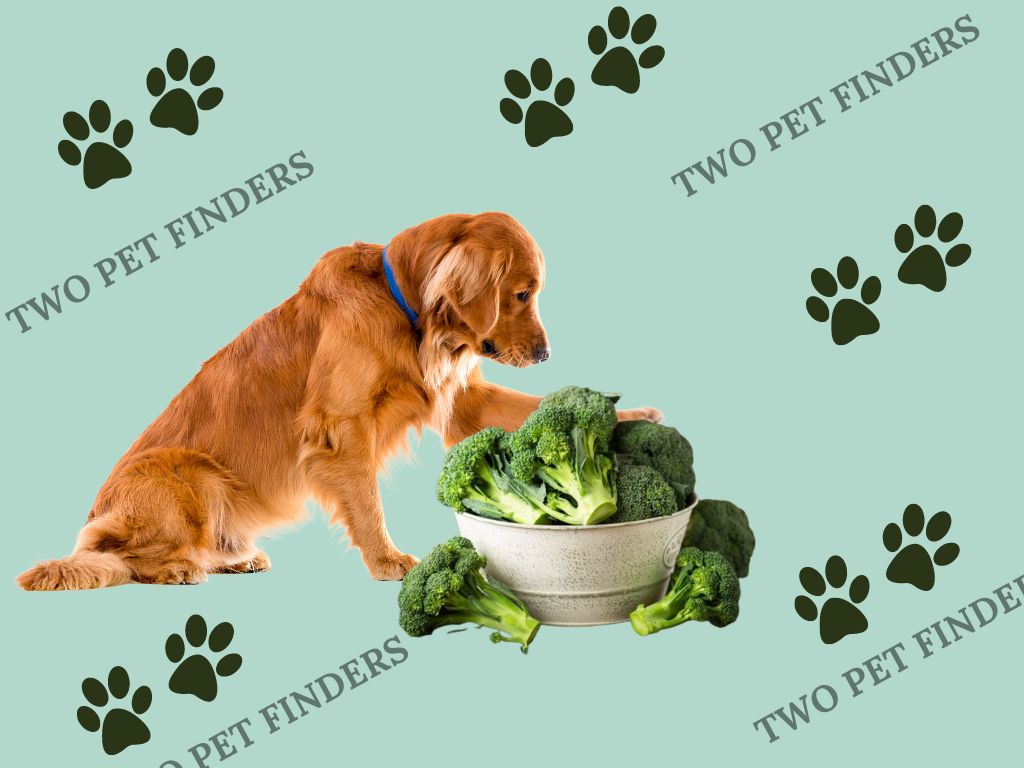It is safe for a dog to eat broccoli, provided that it is eaten in moderation. It may cause gastrointestinal problems when dogs consume too much of the vegetable. As a result, you may need to consult your veterinarian to determine whether it is suitable for your dog.
Is broccoli safe for dogs?
In moderate quantities, broccoli is safe to feed dogs, and it can also be beneficial. Broccoli is high in vitamins A, C, and K as well as fiber. It can add to a dog’s diet in general. However, there is a handful of things to consider to ensure that dogs receive broccoli safely.
Regardless of how broccoli served to dogs, it has to be plain or smaller in suitable sizes as well. Irrespective of whether the broccoli is cooked or raw, it must be reduced to a manageable size. After it is eaten, ensure whether the dog feels well or if not consult veterinarians.
Broccoli is rich in essential nutrients such as:
-
- Vitamin C
-
- Vitamin K
-
- Folic Acid
-
- Magnesium
-
- Sodium
-
- Potassium
-
- Chromium
Can dogs benefit from eating broccoli?

Firstly, yes, dogs can benefit from eating broccoli, provided it is given in small quantities. Broccoli is a good source of vitamins C and K, fiber, and favorable antioxidants.
These vitamins help improve a dog’s immune system and skeletal system by strengthening bones and also aids in the health of the stomach. In addition, antioxidants help with illness while mild to pain members of the breed.
However, broccoli should be given only in small quantities as large amounts are likely to upset their stomach. Furthermore, the chunks of broccoli should be served plain with no additive condiments or oils to reduce the risk of suffocating. A veterinarian should be consulted when introducing new foods to dogs due to different health statuses.
The Best Way to Give Your Dog Broccoli
To start, clean the broccoli properly before feeding it to your dog. It can be served either raw or slightly steamed for improved digestion. Make sure to cut it into low pieces to reduce choking hazards for your pet. Do not add any spices, oils, or seasonings during the process since they can cause harm in this form.
Butter, onion, and garlic as ingredients used when preparing dishes should also be avoided as these products poison dogs. You can feed your dog as before to monitor for any allergic reaction if any. It’s always best to use broccoli as an additional food source rather than a primary food. A professional’s opinion is always beneficial to have before trying new food on your dog.
Can dogs be allergic to broccoli?

A food allergy develops as a consequence of regular intake and with such an allergy, skin problems, rashes, and an infection in the ears are more likely. If you feed broccoli for the first time, notice food intolerance comparable but distinct ailment. As a result, you may have to deal with vomiting or diarrhea. Always include innovations in the food regimen of your dog little by little and continuously track to avoid probable reactions.
The Perils of Broccoli for Canines
Broccoli has several threats to your dog. Small amounts are not a problem, but large servings can cause gastrointestinal irritations due to their high fiber content. This vegetable also contains isothiocyanates, which might lead to pretty awful stomach problems if your dog eats large amounts.
The signs to look out for in your dog include vomiting, gas, bloating, and diarrhea. Furthermore, broccoli stocks can cause choking or a blockage in your dog’s intestine. Always consult your vet before feeding your dog new foods. Expose your dog to small amounts of broccoli to ensure it is safe and watch out for unhealthy signs.
| WARNING Above all, veterinarians advise moderation when treating your dog. If not, outside its standard feeding sources, treats should account for less than 10% of its daily intake. Over this amount, everything in-between can be toxic, and 25 percent or more poisonous is deadly. It depends on your dog’s body weight and how much it consumes daily. Given that giving something lovely to feed a dog is one of the pleasures of having a puppy, it’s essential to exercise caution in portion sizing. |


